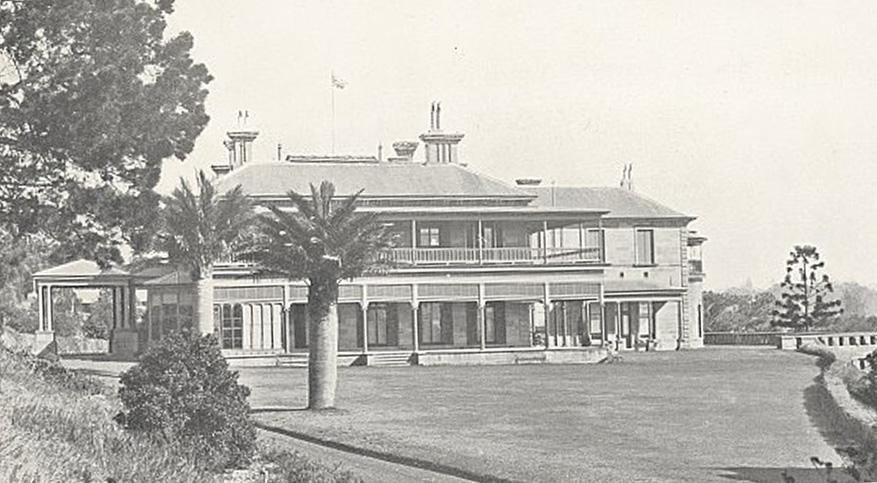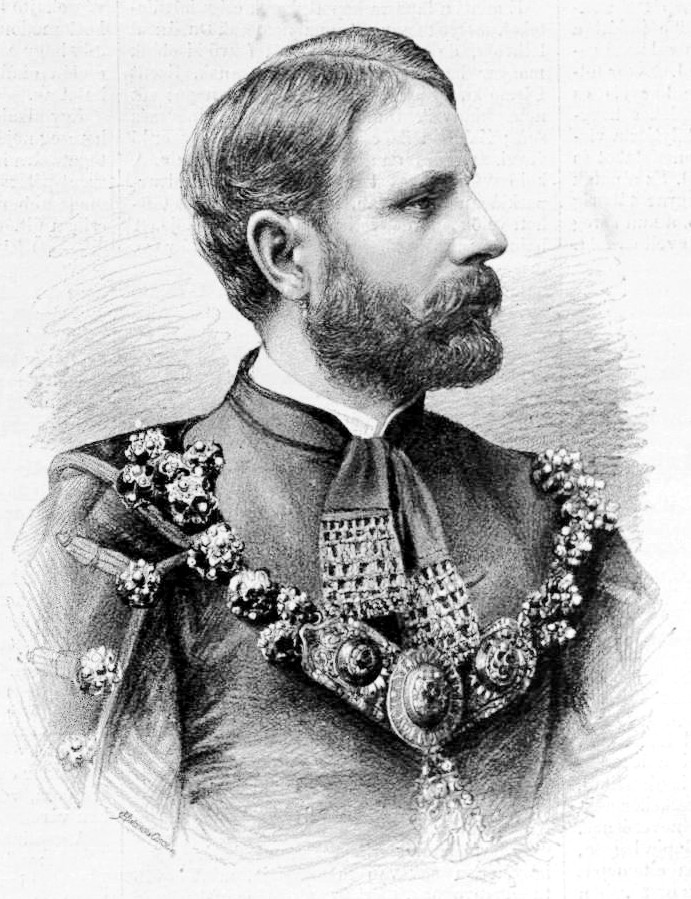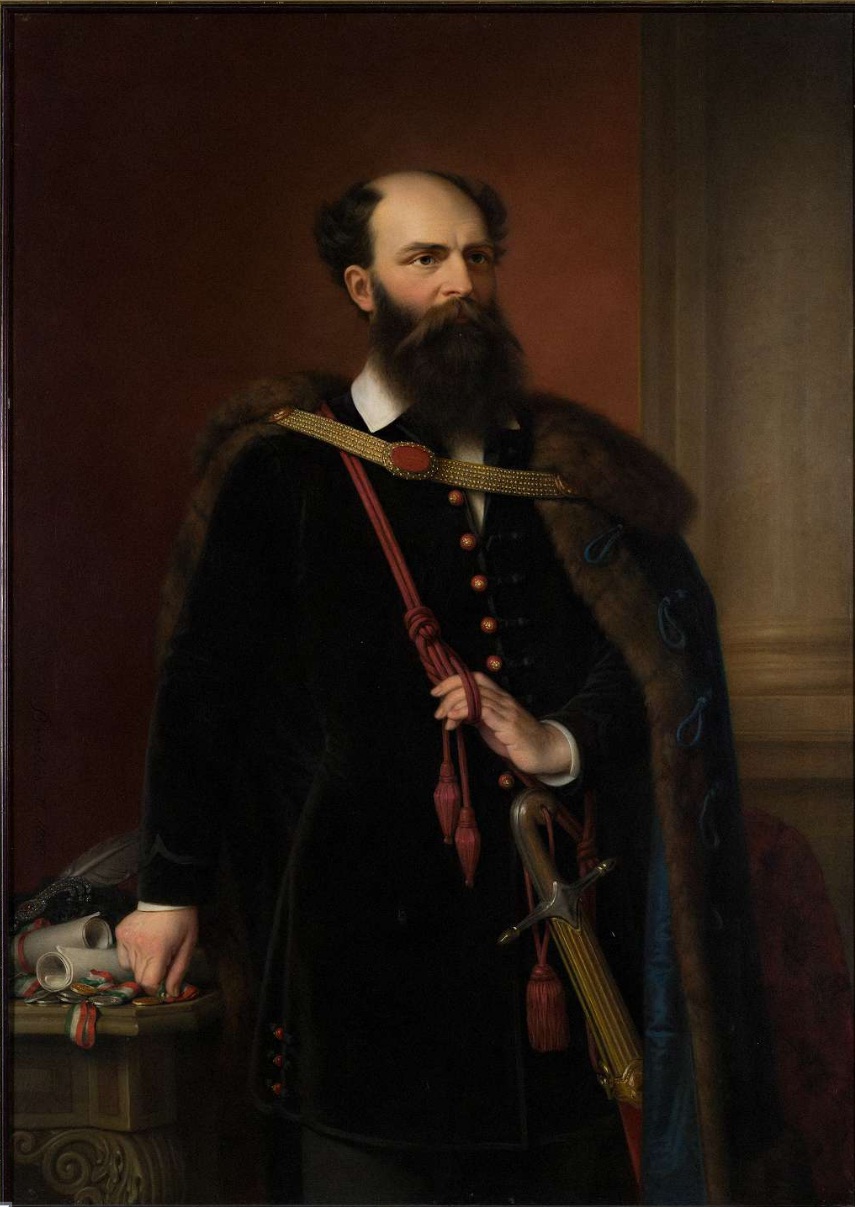|
Mihály Viczay
Count Mihály Viczay de Loós et Hédervár (25 July 1757 – 18 March 1831) was a Hungarian numismatist, amateur archaeologist, collector. He was a member of the old noble Viczay family. Life His parents were Count Ferenc Mihály, Sr. and Countess Terézia Draskovich. At first, he studied law, but very interested in archeology, so he retired to Hédervár, where antiques and had already accumulated a collection of coins. One of the most beautiful museum was his private collection in his birthplace, where a large number of foreign scientists visited. Among others, like the Italian Sestini and English writer Robert Towns also commemorated those collections. He married Countess Mária Anna Grassalkovich de Gyarak on 15 June 1775. They had three children: * Mihály (1777–?): he married Countess Mária Zichy de Zich et Vásonkeő. * Ferenc (1780–1836): his wife was Countess Amália Zichy de Zich et Vásonkeő. One of their children was Count Héder Viczay. * Karolina (1789–18 ... [...More Info...] [...Related Items...] OR: [Wikipedia] [Google] [Baidu] |
Hédervár
Hédervár is a village in Győr-Moson-Sopron county, Hungary. Description The village settled in the Szigetköz in Győr-Moson-Sopron country halfway along the road connecting Győr and Mosonmagyaróvár. Its emergence can be associated with the German Héder – the founder of the Héderváry family – moving to Hungary. It was first mentioned in a charter in 1210. In spite of the relatively late written mention it is certain that it had been a village centuries before. It may have been the only village in the Szigetköz, which has survived at its original location in the Arpadian age. The Héderváry family established a family centre on the so-called “Jewish hill” as early as in the 13th century. It started to flourish at an early time, and its castle was also further extended, and the “Boldogasszony” chapel (Blessed Virgin), its family funeral place was also built in the first half of the following century. A charter issued in 1443 already recorded the settlem ... [...More Info...] [...Related Items...] OR: [Wikipedia] [Google] [Baidu] |
Kingdom Of Hungary
The Kingdom of Hungary was a monarchy in Central Europe that existed for nearly a millennium, from the Middle Ages into the 20th century. The Principality of Hungary emerged as a Christian kingdom upon the coronation of the first king Stephen I at Esztergom around the year 1000;Kristó Gyula – Barta János – Gergely Jenő: Magyarország története előidőktől 2000-ig (History of Hungary from the prehistory to 2000), Pannonica Kiadó, Budapest, 2002, , p. 687, pp. 37, pp. 113 ("Magyarország a 12. század második felére jelentős európai tényezővé, középhatalommá vált."/"By the 12th century Hungary became an important European factor, became a middle power.", "A Nyugat részévé vált Magyarország.../Hungary became part of the West"), pp. 616–644 his family (the Árpád dynasty) led the monarchy for 300 years. By the 12th century, the kingdom became a European middle power within the Western world. Due to the Ottoman occupation of the central and south ... [...More Info...] [...Related Items...] OR: [Wikipedia] [Google] [Baidu] |
Hungary
Hungary ( hu, Magyarország ) is a landlocked country in Central Europe. Spanning of the Carpathian Basin, it is bordered by Slovakia to the north, Ukraine to the northeast, Romania to the east and southeast, Serbia to the south, Croatia and Slovenia to the southwest, and Austria to the west. Hungary has a population of nearly 9 million, mostly ethnic Hungarians and a significant Romani minority. Hungarian, the official language, is the world's most widely spoken Uralic language and among the few non-Indo-European languages widely spoken in Europe. Budapest is the country's capital and largest city; other major urban areas include Debrecen, Szeged, Miskolc, Pécs, and Győr. The territory of present-day Hungary has for centuries been a crossroads for various peoples, including Celts, Romans, Germanic tribes, Huns, West Slavs and the Avars. The foundation of the Hungarian state was established in the late 9th century AD with the conquest of the Carpathian Basin by Hungar ... [...More Info...] [...Related Items...] OR: [Wikipedia] [Google] [Baidu] |
Hungarian People
Hungarians, also known as Magyars ( ; hu, magyarok ), are a nation and ethnic group native to Hungary () and Kingdom of Hungary, historical Hungarian lands who share a common Hungarian culture, culture, Hungarian history, history, Magyar tribes, ancestry, and Hungarian language, language. The Hungarian language belongs to the Uralic languages, Uralic language family. There are an estimated 15 million ethnic Hungarians and their descendants worldwide, of whom 9.6 million live in today's Hungary. About 2–3 million Hungarians live in areas that were part of the Kingdom of Hungary before the Treaty of Trianon in 1920 and are now parts of Hungary's seven neighbouring countries, Hungarians in Slovakia, Slovakia, Hungarians in Ukraine, Ukraine, Hungarians in Romania, Romania, Hungarians in Serbia, Serbia, Hungarians of Croatia, Croatia, Prekmurje, Slovenia, and Hungarians in Austria, Austria. Hungarian diaspora, Significant groups of people with Hungarian ancestry live in various oth ... [...More Info...] [...Related Items...] OR: [Wikipedia] [Google] [Baidu] |
Italian People
, flag = , flag_caption = The national flag of Italy , population = , regions = Italy 55,551,000 , region1 = Brazil , pop1 = 25–33 million , ref1 = , region2 = Argentina , pop2 = 20–25 million , ref2 = , region3 = United States , pop3 = 17-20 million , ref3 = , region4 = France , pop4 = 1-5 million , ref4 = , region5 = Venezuela , pop5 = 1-5 million , ref5 = , region6 = Paraguay , pop6 = 2.5 million , region7 = Colombia , pop7 = 2 million , ref7 = , region8 = Canada , pop8 = 1.5 million , ref8 = , region9 = Australia , pop9 = 1.0 million , ref9 = , region10 = Uruguay , pop10 = 1.0 million , r ... [...More Info...] [...Related Items...] OR: [Wikipedia] [Google] [Baidu] |
Benedict Sestini
Benedict Sestini, SJ (born Benedetto Sestini; March 20, 1816 – January 17, 1890) was a Jesuit astronomer, mathematician and architect, who worked in Italy and the U.S. Career Sestini was born in Florence, Italy, on March 20, 1816. He entered the Society of Jesus in Rome on October 30, 1836, and studied at the Roman College (now Pontifical Gregorian University) where he followed the courses of Rev. Vincent Caraffa, the professor of mathematics. He was appointed assistant to Rev. Francesco de Vico, director of the Vatican Observatory. Sestini was ordained in 1844, and then held the chair of higher mathematics at the Roman College. He published a work of astronomy called ''Catalogue of Star-Colors'' in his ''Memoirs of the Roman College'', 1845 and 1847. The second memoir includes the first, and forms the entire catalogue, except the twelve celestial charts that accompanied the first. The Revolution of 1848 caused him to flee Rome. The second memoir was in the printer's hands the ... [...More Info...] [...Related Items...] OR: [Wikipedia] [Google] [Baidu] |
English People
The English people are an ethnic group and nation native to England, who speak the English language in England, English language, a West Germanic languages, West Germanic language, and share a common history and culture. The English identity is of History of Anglo-Saxon England, Anglo-Saxon origin, when they were known in Old English as the ('race or tribe of the Angles'). Their ethnonym is derived from the Angles, one of the Germanic peoples who migrated to Great Britain around the 5th century AD. The English largely descend from two main historical population groups the West Germanic tribes (the Angles, Saxons, Jutes and Frisians) who settled in southern Britain following the withdrawal of the Ancient Rome, Romans, and the Romano-British culture, partially Romanised Celtic Britons already living there.Martiniano, R., Caffell, A., Holst, M. et al. Genomic signals of migration and continuity in Britain before the Anglo-Saxons. Nat Commun 7, 10326 (2016). https://doi.org/10 ... [...More Info...] [...Related Items...] OR: [Wikipedia] [Google] [Baidu] |
Robert Towns
Robert Towns (10 November 1794 – 11 April 1873) was a British master mariner who settled in Australia as a businessman, sandalwood merchant, colonist, shipowner, pastoralist, politician, whaler and civic leader. He was the founder of Townsville, Queensland. After a career at sea as a master mariner based in Britain, Towns came to Australia in 1843 as the agent for London merchant Robert Brooks (MP). He also became a merchant in his own right in Sydney with involvement in the sandalwood and pelagic whaling trades. He was an importer of sugar and tea, and an exporter of wool, whale oil, cotton and other commodities. He became a pastoralist and pioneered the cultivation of cotton in Queensland. The head office of Robert Towns & Company was in Sydney with branch offices in Melbourne, Brisbane, Dunedin and Townsville. His far flung trading connections saw him do business with merchants in Mauritius, India, Ceylon (Sri Lanka), the Dutch East Indies (Indonesia), the Philippines, New ... [...More Info...] [...Related Items...] OR: [Wikipedia] [Google] [Baidu] |
Héder Viczay
Count Héder Viczay de Loós et Hédervár (2 August 1807 – 23 December 1873) was a Hungarian traveler, amateur archaeologist, collector, Imperial and Royal Privy Councillor. He was the last member of the old noble Viczay family. Background His parents were Count Ferenc Viczay, an Imperial and Royal Chamberlain and Countess Amália Zichy de Zich et Vásonkeő. He had three siblings: * Károly (1802–1867): Imperial and Royal Privy Councillor, he married Mária Khuen, aunt of later Prime Minister Károly Khuen-Héderváry, in 1829. * Adolf (1804–1873): uhlan captain, his wife was Leokádia Anasztázia Lichnovszky since 1837. * Antónia (1812–1903): Her first husband was Count Pál Esterházy (1806–1857), the second was Adolf Mengen, an Imperial and Royal Major General. External links * Nagy Iván: Magyarország családai * Magyar Nemzetségi Zsebkönyv * ''Vasárnapi Újság'', 1874. 2. szám Részletes életrajza* Viczay Heder lanya, Mari, a Mezriczky Paulaval valo visz ... [...More Info...] [...Related Items...] OR: [Wikipedia] [Google] [Baidu] |
Károly Khuen-Héderváry
Count Károly Khuen-Héderváry de Hédervár, born as ''Károly Khuen de Belás'' ( hr, Dragutin Khuen-Héderváry, 23 May 1849 – 16 February 1918) was a Hungarian politician and the Ban of the Kingdom of Croatia-Slavonia in the late nineteenth century. Khuen's reign was marked by a strong magyarization. After a series of riots broke out against him in 1903, Khuen was relieved of his duty and appointed prime minister of Hungary. Background Born in Bad Gräfenberg, Austrian Silesia, Károly Khuen de Belás was the oldest son of seven siblings born to Hungarian magnate Antal Khuen de Belás (1817–1886) and his wife, Baroness Angelika Izdenczi de Monostor et Komlós (1823–1894). * Alice (1850–1879), wife of Count Zsigmond Zichy de Zich et Vásonykeö, an Imperial and Royal Chamberlain, Lieutenant, they married 8 January 1877 * Antal (1852–1890), Imperial and Royal Chamberlain, member of the Sabor, prominent architect * Angelika (1855–1918), wife of Count Albert v ... [...More Info...] [...Related Items...] OR: [Wikipedia] [Google] [Baidu] |
Prime Minister Of Hungary
The prime minister of Hungary ( hu, Magyarország miniszterelnöke) is the head of government of Hungary. The prime minister and the Cabinet are collectively accountable for their policies and actions to the Parliament, to their political party and ultimately to the electorate. The current holder of the office is Viktor Orbán, leader of the Fidesz – Hungarian Civic Alliance, who has served since 29 May 2010. According to the Hungarian Constitution, the prime minister is nominated by the president of Hungary and formally elected by the National Assembly. Constitutionally, the president is required to nominate the leader of the political party who wins a majority of seats in the National Assembly as prime minister. If there is no party with a majority, the president holds an audience with the leaders of all parties represented in the assembly and nominates the person who is most likely to command a majority in the assembly, who is then formally elected by a simple majority of ... [...More Info...] [...Related Items...] OR: [Wikipedia] [Google] [Baidu] |
1757 Births
Events January–March * January 2 – Seven Years' War: The British Army, under the command of Robert Clive, captures Calcutta, India. * January 5 – Robert-François Damiens makes an unsuccessful assassination attempt on Louis XV of France, who is slightly wounded by the knife attack. On March 28 Damiens is publicly executed by burning and dismemberment, the last person in France to suffer this punishment. * January 12 – Koca Ragıp Pasha becomes the new Grand Vizier of the Ottoman Empire, and administers the office for seven years until his death in 1763. * February 1 – King Louis XV of France dismisses his two most influential advisers. His Secretary of State for War, the Comte d'Argenson and the Secretary of the Navy, Jean-Baptiste de Machault d'Arnouville, are both removed from office at the urging of the King's mistress, Madame de Pompadour. * February 2 – At Versailles in France, representatives of the Russian Empire an ... [...More Info...] [...Related Items...] OR: [Wikipedia] [Google] [Baidu] |




